Researchers review big differences in women’s participation in computer science, engineering and physics
While women obtain more than half of US undergraduate degrees in biology, chemistry and maths, they represent less than 20% of students on computer science, physics or engineering courses. Researchers at the University of Washington and the Ohio State University in the US reviewed the situation and developed a new model that they claim explains this imbalance.
The Ohio team found that cultural aspects are key to the persistence of this gender imbalance in some subjects. Both sexes’ preferences – including for study – develop in a world full of negative stereotypes of women in certain fields. The authors compare this situation to a cold swimming pool. If you get in and feel uncomfortable, you are less likely to do it again. However, if male-dominated science, technology, engineering and maths (Stem) fields were warmer and more accepting, women would be more likely to jump in and stay in.
Researchers also point out the importance of early education. Most secondary schools in the US don’t offer courses on computer science, physics or engineering, while biology, chemistry or maths are almost ubiquitous. Greater access to all sorts of Stem courses would be likely to lead to a reduction in gender imbalances as women progress through education.
Finally, the lack of female role-models and teachers is also harmful to gender disparity. Increasing the visibility of women working in engineering, physics or computing science would help girls realise they also belong and can succeed in these Stem fields.
References
S Cheryan et al, Psychol. Bull., 2016, DOI: 10.1037/bul0000052





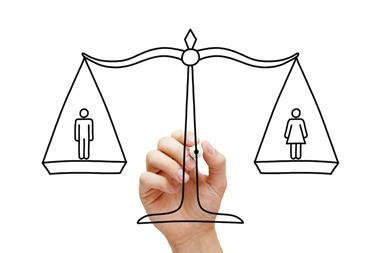
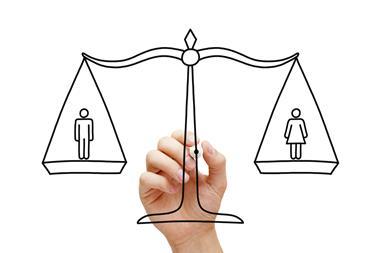
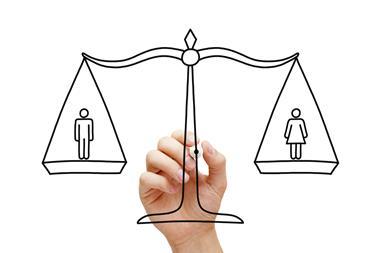

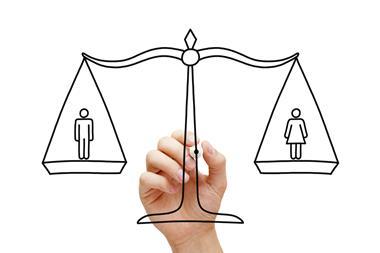
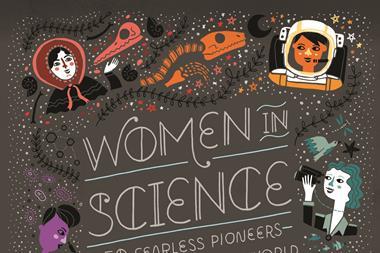






No comments yet